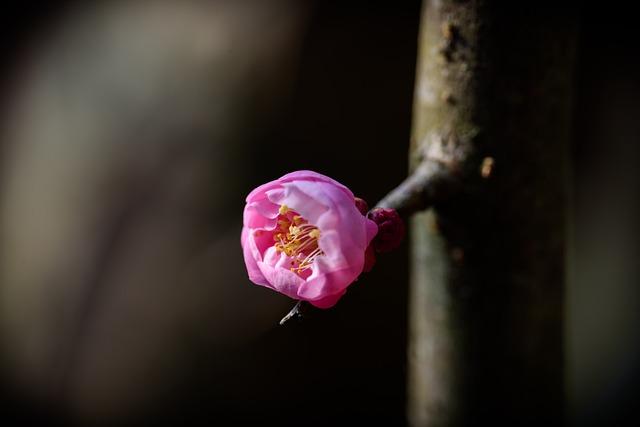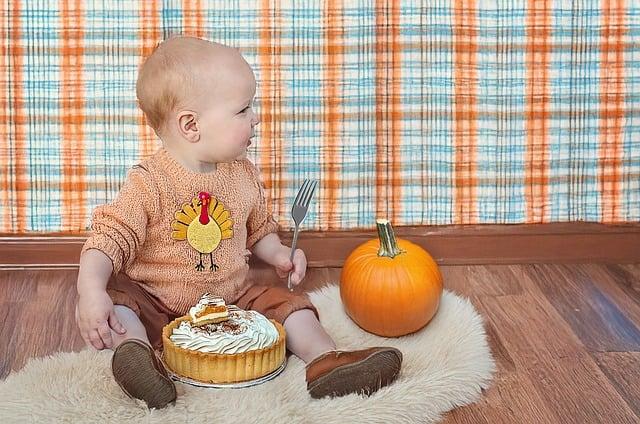In the heart of a dimly lit Victorian parlor, the scent of spices wafted through the air as the family gathered around the table, anticipation sparkling in their eyes. The centerpiece was a magnificent plum pudding, its dark, rich surface studded with glistening currants and a sprig of holly perched atop. As the pudding was ceremoniously doused in brandy and set alight, the flickering flames danced like festive spirits. Nearby, mince pies, filled with a sweet medley of dried fruits and spices, awaited eager hands. This was a Christmas feast, where every bite told a story of warmth, tradition, and joy.
Table of Contents
- Exploring Traditional Victorian Christmas Puddings
- The Sweet Delights of Mince Pies and Their Variations
- Decadent Treats: The Role of Cake in Victorian Festivities
- Seasonal Fruits and Nuts: Natures Bounty on the Christmas Table
- Q&A
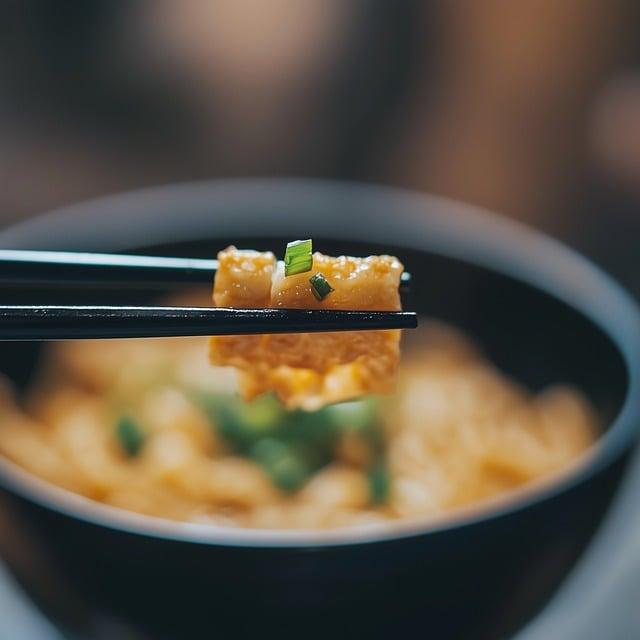
Exploring Traditional Victorian Christmas Puddings
As the festive season approached in Victorian England, the anticipation of a sumptuous Christmas dinner culminated in the crowning glory of the meal: the traditional Christmas pudding. This rich, dense dessert, often referred to as “plum pudding,” was a delightful concoction of various ingredients that reflected the abundance of the season. Made with a blend of dried fruits, such as **currants**, **raisins**, and **sultanas**, the pudding was further enhanced with spices like **cinnamon** and **nutmeg**, which filled the air with a warm, inviting aroma. The inclusion of suet, a type of beef or mutton fat, lent the pudding its characteristic richness, while treacle or molasses added a deep sweetness that was irresistible to the palate.
Preparation of the pudding was a communal affair, often involving family members gathering to mix the ingredients, each taking a turn to stir and make a wish. This tradition not only fostered a sense of togetherness but also imbued the pudding with a sprinkle of hope for the coming year. Once mixed, the pudding was encased in a cloth and boiled for several hours, allowing the flavors to meld beautifully. On Christmas Day, it was customary to serve the pudding flambéed with brandy, creating a dramatic presentation that dazzled guests. Accompanied by a rich **custard** or a dollop of **cream**, the Victorian Christmas pudding was not just a dessert; it was a symbol of celebration, unity, and the joy of the season.
The Sweet Delights of Mince Pies and Their Variations
The festive season in Victorian England was incomplete without the beloved mince pie, a sweet treat that encapsulated the spirit of Christmas. Traditionally filled with a mixture of dried fruits, spices, and sometimes a splash of brandy, these pies were a symbol of abundance and celebration. The rich, flaky pastry encased a delightful filling that could include ingredients such as **currants**, **raisins**, **sugar**, and **suet**, creating a harmonious blend of flavors that delighted the palate. The Victorians often believed that consuming a mince pie on Christmas Day would bring good luck for the year ahead, making it a cherished ritual among families.
As the popularity of mince pies grew, so did the creativity surrounding their variations. Bakers began experimenting with different fillings and toppings, leading to an array of delightful options. Some popular variations included:
- Apple Mince Pies: A fruity twist featuring tart apples mixed with traditional spices.
- Nutty Mince Pies: Incorporating chopped nuts for added texture and flavor.
- Chocolate Mince Pies: A decadent version that included rich chocolate for a modern touch.
These adaptations not only showcased the ingenuity of Victorian bakers but also reflected the evolving tastes of society. Each pie was a testament to the era’s culinary creativity, ensuring that the sweet delights of mince pies remained a festive staple for generations to come.
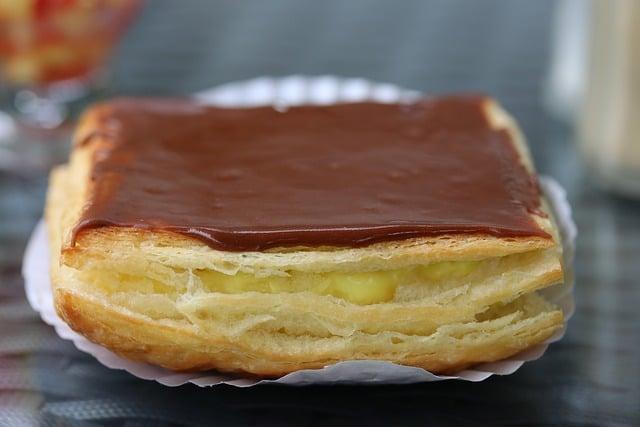
Decadent Treats: The Role of Cake in Victorian Festivities
During the Victorian era, cake was not merely a dessert; it was a centerpiece of celebration, particularly during the festive season. The rich, moist texture of fruitcake, laden with dried fruits, nuts, and spices, became a staple at Christmas gatherings. Often adorned with marzipan and royal icing, these cakes were not only delicious but also visually stunning, reflecting the opulence of the time. The tradition of cake cutting was a significant event, symbolizing unity and joy among family and friends. Each slice served was a reminder of the love and care that went into its creation, making it a cherished part of the holiday experience.
In addition to fruitcake, other delightful confections graced the Victorian table, showcasing the era’s culinary creativity. Among these were:
- Plum Pudding – A rich, steamed dessert filled with suet, breadcrumbs, and a medley of spices, often served with a sprig of holly on top.
- Christmas Cake – A lighter version of fruitcake, often decorated with festive motifs and enjoyed throughout the holiday season.
- Yule Log Cake – A rolled sponge cake resembling a log, filled with chocolate or cream, symbolizing warmth and comfort.
These decadent treats not only satisfied the sweet tooth but also played a vital role in the social fabric of Victorian festivities, bringing people together in celebration and indulgence.
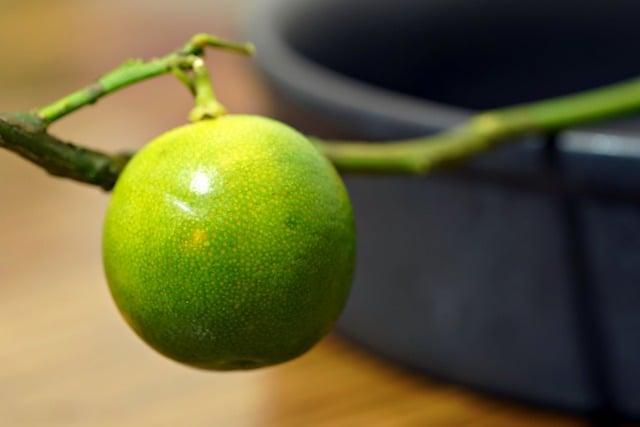
Seasonal Fruits and Nuts: Natures Bounty on the Christmas Table
During the Victorian era, the Christmas table was a vibrant display of seasonal fruits and nuts, showcasing the bounty of nature during the winter months. **Oranges**, with their bright color and refreshing scent, were a prized addition, often used to adorn the festive table or served as a sweet treat. **Apples**, particularly the tart varieties, were also popular, symbolizing health and prosperity. The inclusion of **dried fruits** such as figs, dates, and raisins added a rich sweetness to the holiday spread, often incorporated into traditional desserts like the beloved Christmas pudding. Nuts, including **walnuts**, **hazelnuts**, and **chestnuts**, provided a satisfying crunch and were frequently roasted to enhance their flavor, making them a delightful snack for guests to enjoy throughout the festivities.
The Victorians embraced the idea of indulgence during the holiday season, and their desserts reflected this spirit. **Marzipan**, a sweet almond paste, was shaped into festive figures and used to decorate cakes, while **mince pies**, filled with a mixture of dried fruits and spices, became a staple of Christmas celebrations. The use of **spices** like cinnamon, nutmeg, and cloves not only added warmth to the dishes but also evoked the exotic flavors of far-off lands. As families gathered around the table, the combination of seasonal fruits and nuts, along with rich desserts, created a feast that was both a celebration of the season and a testament to the abundance of nature, making Christmas a truly special occasion in Victorian homes.
Q&A
-
What were traditional Victorian Christmas desserts?
Victorian Christmas desserts often included:
- Christmas pudding
- Minced pies
- Trifle
- Fruitcake
-
What is Christmas pudding made of?
Christmas pudding, a staple of Victorian festive feasts, is made from:
- Dried fruits (like raisins and currants)
- Suet
- Spices (such as nutmeg and cinnamon)
- Treacle or molasses
-
How was dessert served during Victorian Christmas?
During the Victorian era, desserts were often served with:
- Brandy butter
- Hard sauce
- Custard
-
Did Victorians have any unique dessert traditions?
Yes, Victorians had several unique traditions, including:
- Hiding a coin in the Christmas pudding for good luck
- Making a wish while stirring the pudding
- Decorating cakes with elaborate icing and figurines
As the festive season unfolds, the Victorian table reveals a tapestry of flavors and traditions. From rich plum puddings to delicate mince pies, these desserts not only satisfied sweet cravings but also wove together family and community in celebration.

大家好,我是彼得潘,專業的手法身體治療師。我喜歡探索和研究各種主題,並透過與人工智慧的合作分享專業、實用、有趣的文章。我們定期進行人工審核,以確保內容的準確性。如果您發現文章中有任何不準確的地方,請隨時與我們聯繫,我們會及時糾正。您可以透過 [email protected] 與我們聯繫。

